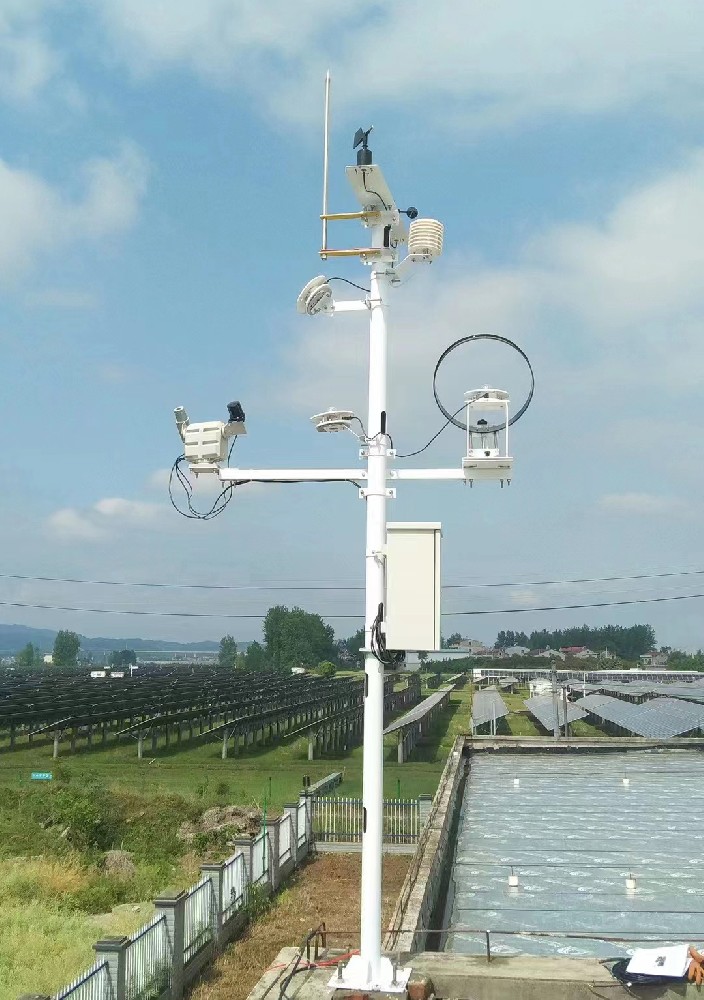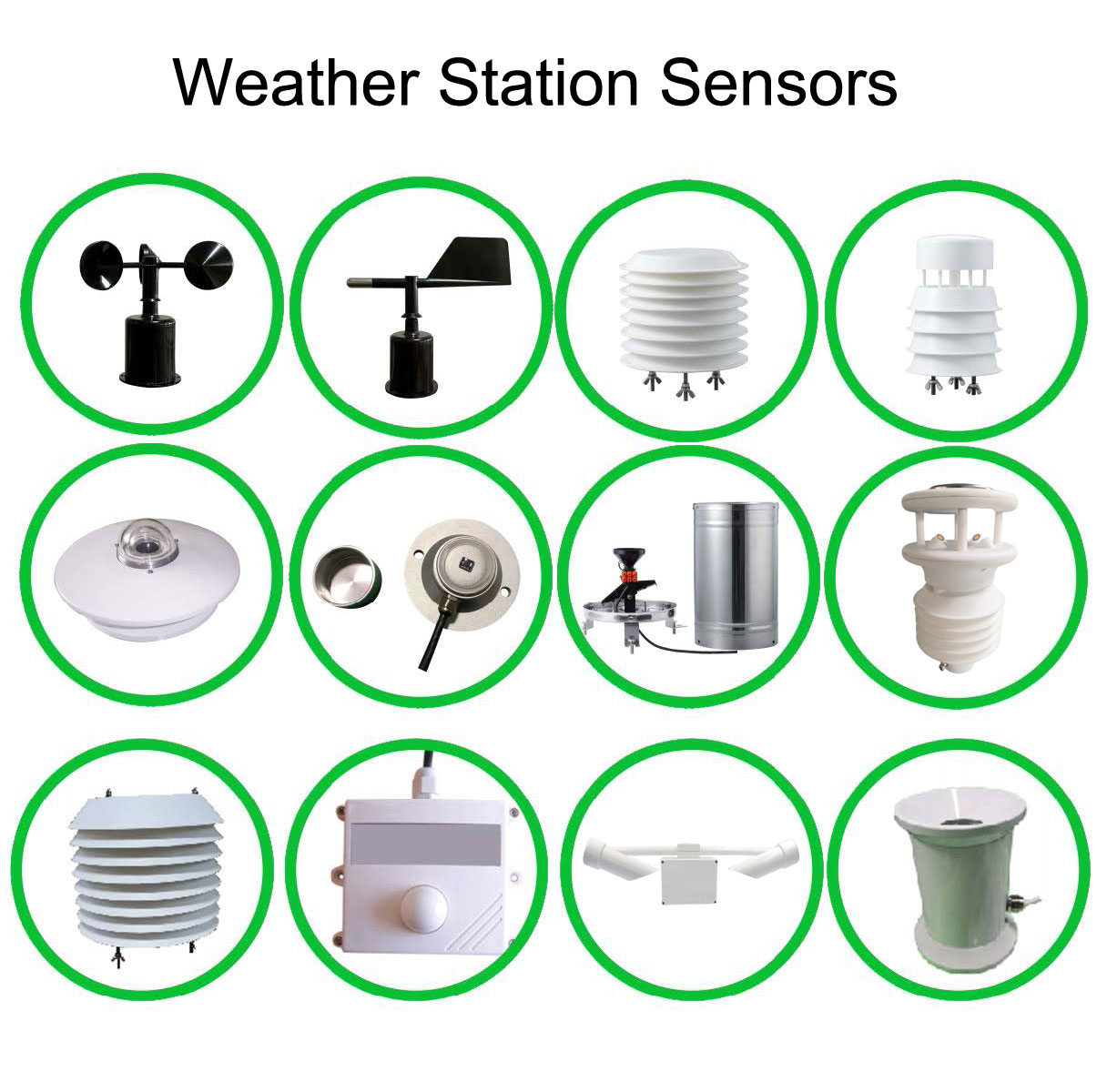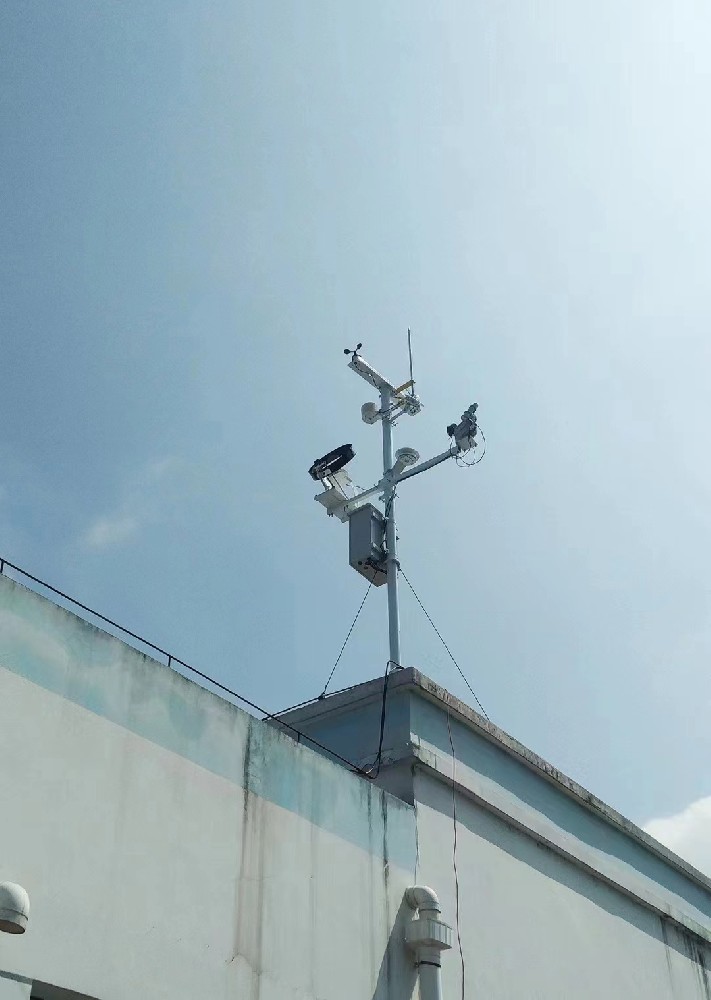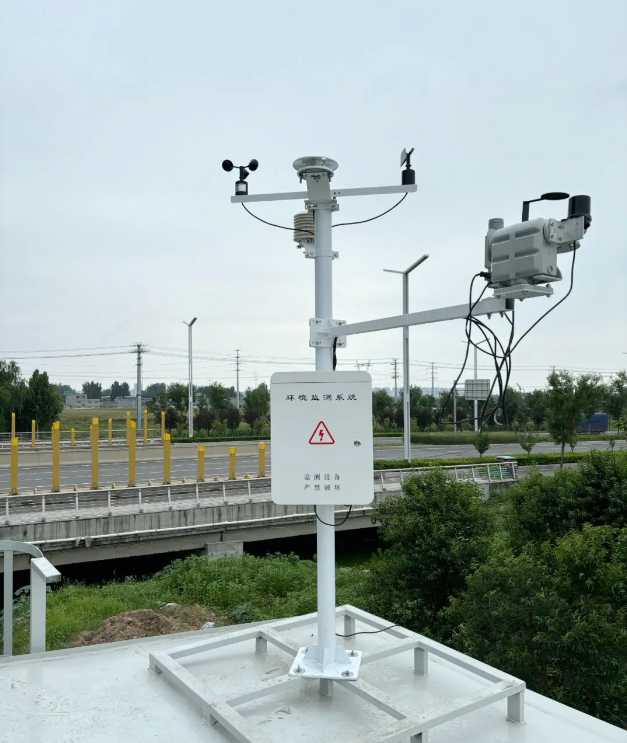

— Blogs —
—Products—
 Consumer hotline +8618073152920
Consumer hotline +8618073152920 WhatsApp:+8615367865107
Address:Room 102, District D, Houhu Industrial Park, Yuelu District, Changsha City, Hunan Province, China
Product knowledge
Time:2025-11-25 10:44:24 Popularity:100
A small grid-connected PV weather station is an integrated environmental monitoring system that combines high-precision sensors, data acquisition, intelligent analysis, and remote monitoring capabilities, exclusively designed for photovoltaic power plants. It continuously collects critical data around the PV plant, including total solar irradiance, hours of sunshine, ambient temperature & humidity (in radiation shield), wind speed & direction, atmospheric pressure, and geographical location. These data provide a scientific basis for plant operation, generation efficiency evaluation, and O&M management.
More than just a data collector, the PV weather station serves as an “intelligent guardian” by enabling automatic PV panel angle adjustment, risk prediction, and preventive maintenance to ensure safe, stable, and high-efficiency operation of the power station.

The core principles include:
Uses photodiode or thermopile sensors to measure global horizontal irradiance (GHI), direct normal irradiance (DNI), diffuse horizontal irradiance (DHI), and plane-of-array (POA) irradiance. Combined with an automatic sun-tracking system and GPS positioning for high-precision data acquisition.
Temperature and humidity sensors placed inside a radiation shield prevent direct sunlight interference. Atmospheric pressure is measured via piezoresistive or capacitive sensors.
Ultrasonic or mechanical anemometer + wind vane for high-accuracy, low-error wind monitoring.
The main controller collects, calibrates, processes, and stores sensor data in real time. Built-in algorithms predict equipment risks and PV generation efficiency, and support automatic PV tracker angle adjustment and operational strategy optimization.
Real-time upload to cloud platform or user terminal via 4G/5G networks for remote monitoring and intelligent management.

A typical small grid-connected PV weather station consists of:
- Sensor modules: Irradiance, temperature & humidity, wind speed & direction, atmospheric pressure, etc.
- Data acquisition unit: Collects, calibrates, and preliminarily processes sensor data
- Control & processing module: Handles intelligent analysis, data storage, and automatic control
- Power system: Solar panel + wide-temperature maintenance-free colloidal battery for 24/7 operation
- Communication module: Supports 4G/5G wireless transmission, remote access, and cloud management
- Mounting structure: Robust bracket or tower ensuring sensors remain unshaded and data remains accurate

| Parameter | Measurement Method | Accuracy |
| Global Horizontal Irradiance | Photodiode or thermopile | ±5% |
| Plane-of-Array Irradiance | Automatic sun tracker | ±5% |
| Wind Speed | Automatic sun tracker | ±0.3 m/s |
| Wind Direction | Ultrasonic or mechanical anemometer | ±3° |
| Temperature | Wind vane or ultrasonic | ±0.5 °C |
| Humidity | Sensor in radiation shield | ±3% RH |
| Atmospheric Pressure | Piezoresistive/capacitive | ±1.5 hPa |
1. Location: Near PV arrays with no shading; wind sensors typically at ~10 m height
2. Mounting: Ground bracket, tower, or wall-mounted – must be stable
3. Protection: Rainproof, UV-resistant, lightning-protected; radiation shield for T/RH sensors
4. Power layout: Solar panel unshaded; regularly check battery health
5. Communication: Antenna unobstructed and away from strong interference sources
6. Multi-point deployment: For large plants, install multiple stations for regional precision monitoring

| Fault Type | Possible Cause | Troubleshooting Method |
| Abnormal data | Sensor contamination or loose connection | Clean sensor, check connections |
| Data loss | Communication interruption | Check network and antenna |
| Power failure | Battery aging or shading | Replace battery or reposition solar panel |
| Wind speed/direction error | Ultrasonic ports blocked or damaged anemometer | Clean ports or replace module |
| Calibration failure | Software/firmware error | Re-calibrate, upgrade firmware |
1. PV plant O&M: Real-time generation efficiency monitoring and automatic tracker angle optimization
2. Safety management: Risk prediction and preventive maintenance
3. New energy research: PV efficiency analysis and environmental parameter studies
4. Smart energy management: Integration with SCADA for intelligent dispatching
5. Meteorological & environmental monitoring: Provides reference data for environmental assessment
- Small-scale research/teaching: Basic model sufficient
- Small & medium PV plants: Standard model with intelligent analysis and remote transmission
- Large grid-connected plants: High-precision model with automatic sun tracker, remote management, and advanced O&M functions
Key selection factors: installation environment, required parameters, budget, and O&M capability.
Yes, with automatic sun tracking and high-precision sensors for continuous real-time monitoring.
Yes, via 4G/5G; accessible through web portal or mobile APP.
Ultrasonic or high-mounted mechanical sensors plus data filtering algorithms.
Prevents direct sunlight and rain interference for accurate temperature and humidity data.
Equipped with wide-temperature maintenance-free colloidal batteries for all-weather autonomous operation.
Yes, intelligent analysis predicts risks and sends early warnings.

Check network and antenna; restart or upgrade firmware if needed.
High-precision models have auto-calibration, but periodic manual calibration ensures long-term stability.
Yes, via multiple stations or modular deployment.
Wind sensors recommended at ~10 m; irradiance sensors only need unobstructed sky view.
Designed for high/low temperature, rainproof, and wind-resistant long-term outdoor use.
Higher accuracy, intelligent analysis, remote management, sun tracking, and green power – significantly improving O&M efficiency.
Our products hold CE, ISO9001, RoHS, and calibration certificates.
The small grid-connected PV weather station is the intelligent guardian of photovoltaic power plants. Through precise monitoring of solar irradiance, wind speed & direction, temperature & humidity, and atmospheric pressure, it enables intelligent O&M, efficiency optimization, and risk prevention. With automatic sun tracking, real-time cloud transmission, and green solar power, it not only ensures efficient and safe operation of PV plants but also provides reliable data support for new energy research and smart energy management. Choosing the right PV weather station solution lays a solid foundation for long-term stable operation and high-quality development of the photovoltaic industry.
NBL-W-HPRS-Solar-Radiation-Sensor-Instruction-Manual-V3.0.pdf
NBL-W-SRS-Solar-radiation-sensor-instruction-manual-V4.0.pdf
Prev:Which Fields in Agriculture Can Use Agricultural Weather Stations?
Next:PV Power Plant Weather Station: Fully Automatic Sun-Tracking for Precision Monitoring
Related recommendations
Sensors & Weather Stations Catalog
Agriculture Sensors and Weather Stations Catalog-NiuBoL.pdf
Weather Stations Catalog-NiuBoL.pdf
Related products
 Combined air temperature and relative humidity sensor
Combined air temperature and relative humidity sensor Soil Moisture Temperature sensor for irrigation
Soil Moisture Temperature sensor for irrigation Soil pH sensor RS485 soil Testing instrument soil ph meter for agriculture
Soil pH sensor RS485 soil Testing instrument soil ph meter for agriculture Wind Speed sensor Output Modbus/RS485/Analog/0-5V/4-20mA
Wind Speed sensor Output Modbus/RS485/Analog/0-5V/4-20mA Tipping bucket rain gauge for weather monitoring auto rainfall sensor RS485/Outdoor/stainless steel
Tipping bucket rain gauge for weather monitoring auto rainfall sensor RS485/Outdoor/stainless steel Pyranometer Solar Radiation Sensor 4-20mA/RS485
Pyranometer Solar Radiation Sensor 4-20mA/RS485
Screenshot, WhatsApp to identify the QR code
WhatsApp number:+8615367865107
(Click on WhatsApp to copy and add friends)
